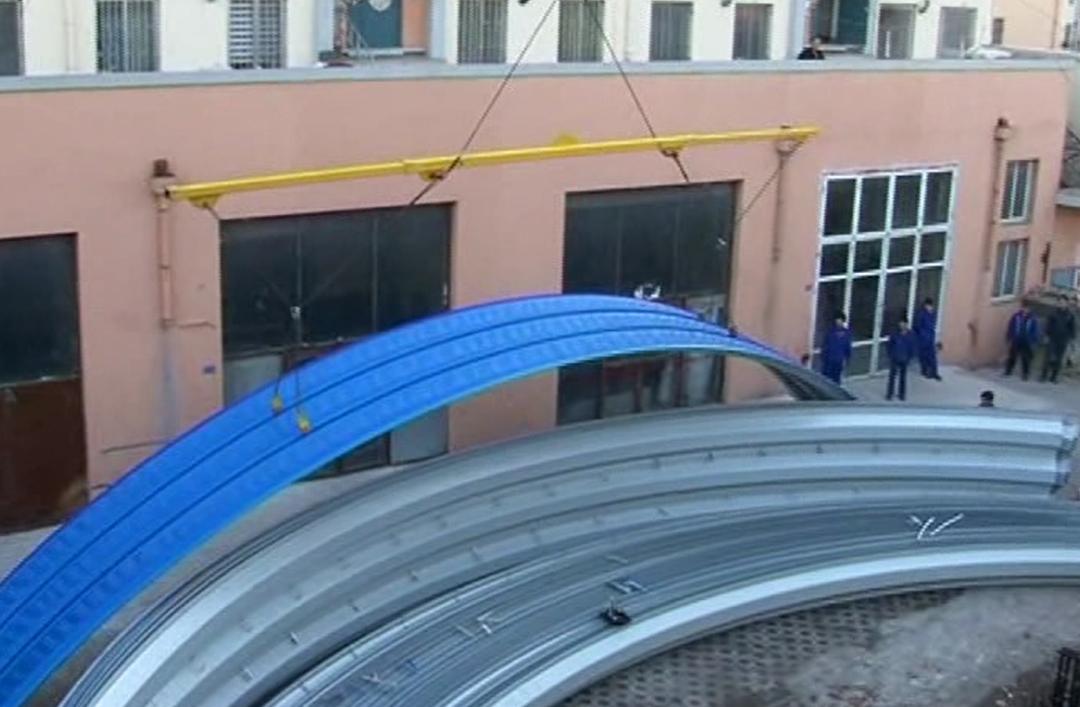
The Roll Former Revolutionizing Metal Fabrication
In the realm of metal fabrication, the roll former stands out as a critical piece of equipment that has transformed the way manufacturers produce various metal components. The roll forming process involves the continuous bending of strip or coil metal into a desired cross-section profile. This technology has gained significant traction in industries ranging from construction to automotive, owing to its efficiency, precision, and versatility.
Understanding the Roll Forming Process
At its core, the roll forming process begins with a flat metal strip that is fed through a series of rollers, each designed to progressively shape the material into a specific profile. The rollers, which can be customized for different projects, are arranged in a sequence that causes the metal to change shape gradually as it passes through. The final product can vary widely, from simple shapes like channels and angles to complex configurations like roofing panels and curtain walls.
One of the key advantages of roll forming is that it allows for the production of long lengths of material without sacrificing quality. Once the tooling is set up, the process can run continuously, producing parts with high dimensional accuracy and uniformity. This makes roll forming particularly suited for high-volume production runs, where consistency is paramount.
Advantages of Roll Formers
The roll former offers several benefits over other metal fabrication methods. First and foremost is its efficiency. The continuous nature of the roll forming process reduces labor costs and production times, as workers do not have to stop between operations to cut and shape each part individually. The result is a streamlined process that enhances productivity.
Moreover, roll forming is highly adaptable. Manufacturers can easily change the tooling to produce different shapes, enabling them to respond quickly to market demands or client specifications. This flexibility not only serves to meet diverse customer needs but also mitigates the risks associated with stockpiling large inventories of various parts.
Consider also the material savings achieved through roll forming. The process is capable of utilizing thinner gauges of metal without compromising on strength. This is particularly advantageous in industries where weight savings are crucial, such as in the automotive sector, where every gram matters for fuel efficiency.

Applications of Roll Forming
The applications of roll forming are vast and varied. In the construction industry, roll-formed products are used in everything from roofing and siding to framing and support structures. The use of roll-formed steel has enabled builders to reduce both costs and construction times while ensuring structural integrity.
In addition to construction, the automotive industry has embraced roll forming for the production of parts such as beams, chassis components, and underbody reinforcements. The high strength-to-weight ratio achieved through roll forming processes has allowed automakers to design vehicles that are not only lighter but also safer and more fuel-efficient.
The appliance industry also benefits from roll forming, as many household items such as shelves, brackets, and supports are made using this versatile method. Even the electrical industry utilizes roll-formed metal components for fitting housings and enclosures, demonstrating the widespread relevance of roll forming technology.
The Future of Roll Forming
As technology continues to advance, the roll forming industry is poised for significant evolution. Automation and smart manufacturing techniques are set to enhance operational efficiencies even further. With the integration of digital systems, manufacturers can monitor production processes in real time, improving quality control and reducing waste.
Additionally, the growing emphasis on sustainability in manufacturing processes aligns well with roll forming practices. By utilizing thinner materials and minimizing scrap, roll forming can play a vital role in the effort toward greener manufacturing solutions.
In conclusion, the roll former represents a pivotal advancement in metal fabrication, blending efficiency, customization, and sustainability. As industries evolve, the roll forming technology will undoubtedly continue to meet the changing demands of manufacturing, solidifying its place as an indispensable tool in modern production environments.